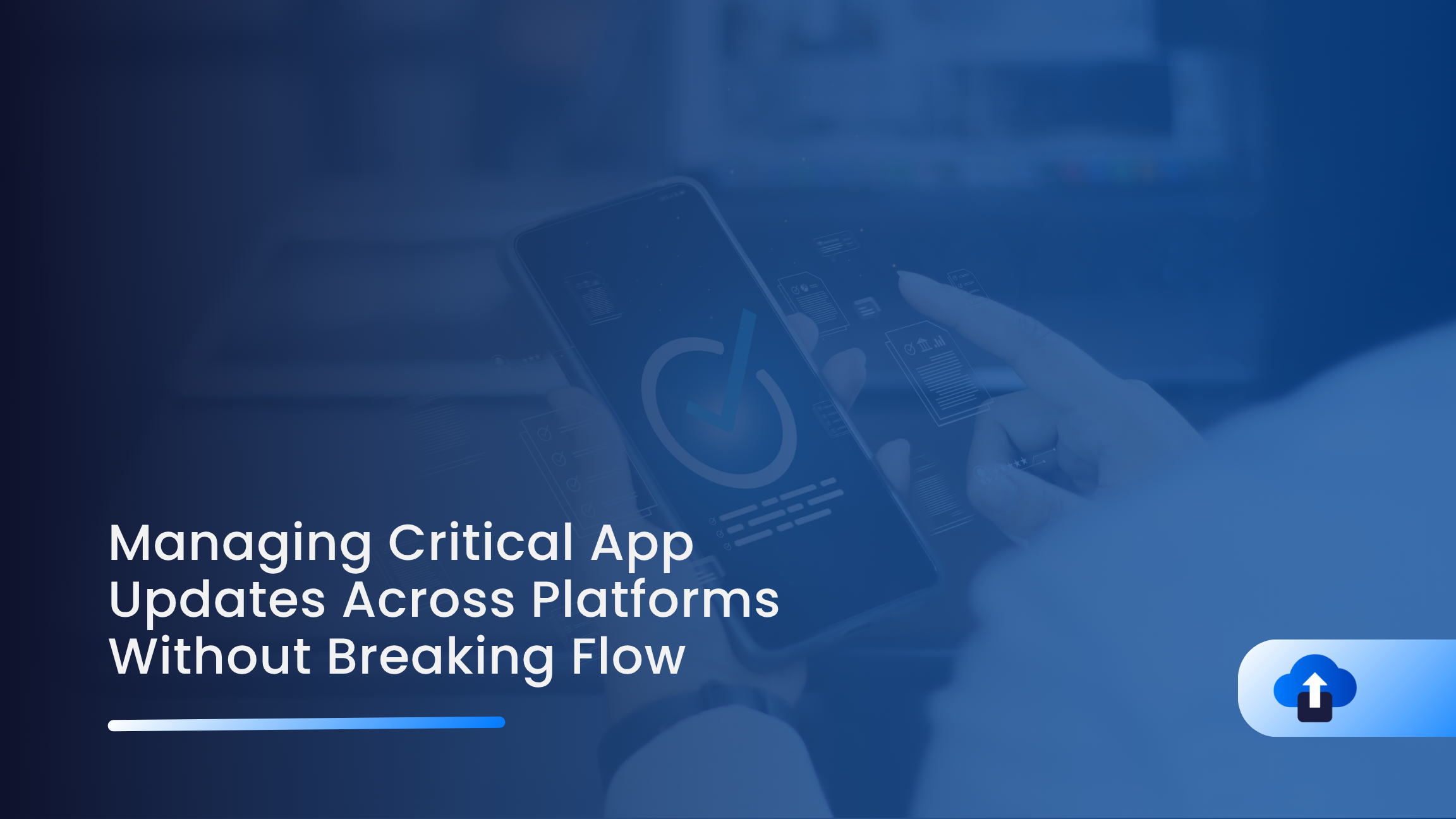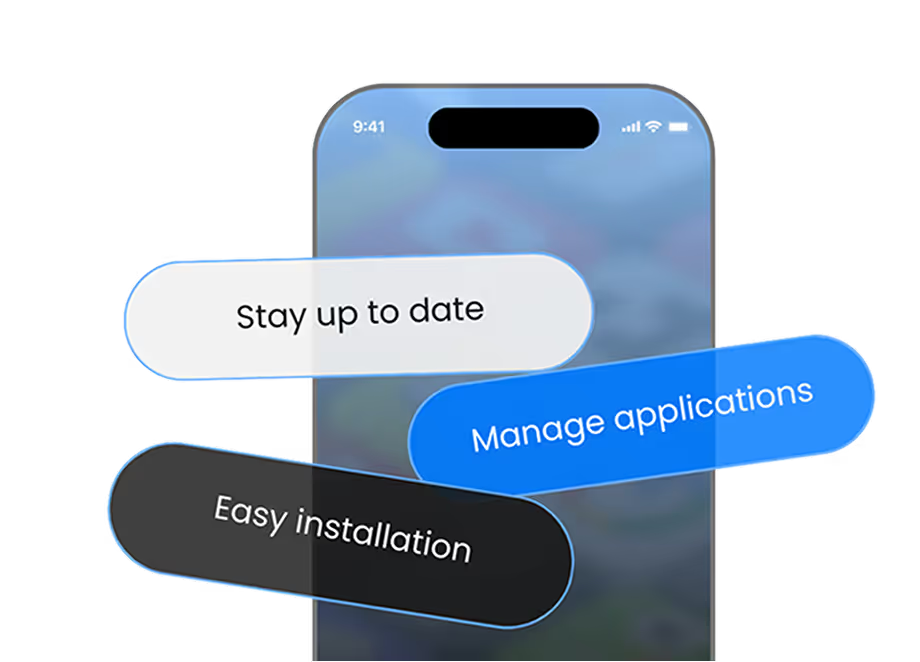
When something breaks in a mobile app, a sudden crash, an API change, or a security patch, speed matters more than anything. Users expect stability, yet the traditional release process relies on app store reviews, user-driven updates, and fragmented rollout timelines. Every delay increases the chance of churn, lost revenue, and negative reviews. Managing critical updates effectively is not just a technical requirement; it’s a business survival strategy.
The Bottleneck: App Store Dependencies
Both iOS and Android rely heavily on store approvals for shipping binary changes. Even if expedited reviews are requested, approvals can still take hours or days. During this window, users remain on a broken version.
Even when updates are approved, user adoption is slow. Many ignore update prompts or have auto-updates disabled. A fix that is available does not guarantee a fix that is experienced. This creates immediate uncertainty and prolonged exposure to risk.
The Real Challenge: Fragmentation Across Platforms
Different devices and OS versions behave inconsistently. Some users upgrade frequently, others cling to outdated versions for months. Android users may continue operating on unsupported builds, while iOS users delay upgrades due to storage or network constraints.
The result: multiple versions of your app in the wild, each reacting differently to a system-wide change.
Managing a critical fix under these fragmented conditions becomes extremely difficult without centralized controls.
Hotfixes Without the Store: Real-Time Delivery
In many cases, a full binary update isn’t even necessary. If the issue lies in UI logic, configuration, or JavaScript layers (common in React Native apps), real-time patch delivery can solve the issue instantly.
No App Store delays.
No dependency on user behaviour.
No downtime between fix and experience.
With services like AppsOnAir CodePush, the updated code is received the next time the user opens the app, in a matter of seconds, not days. This ensures critical experiences stabilize quickly while deeper fixes progress through store review safely in parallel.
When Binary Updates Are Required: Control the Flow
Some issues, security compliance, new permissions, deprecated SDKs, must ship through app stores. But even then, leaving users on old versions is risky.
This is where AppSync becomes essential. Instead of embedding static update rules in code, update enforcement is controlled from a centralized dashboard. Teams can decide dynamically:
• Should users be allowed to continue on the old version?
• Should they be prompted gently for an update?
• Should usage stop entirely until the update is installed?
Users understand exactly what they must do, and the app remains safe and functional.
Handling Downtime Gracefully
Currently, when backend systems go offline or maintenance is underway, users often see broken screens, failed transactions, or confusing error messages. With AppSync maintenance mode, communication is direct and transparent:
“We’re updating the experience, service will resume soon.”
That simple clarity protects trust and prevents unnecessary support tickets.
A Unified Strategy for Reliability
When OTA delivery, real-time updates, and centralized enforcement are combined, mobile teams gain a level of operational readiness that app stores alone cannot offer.
This unified approach ensures:
• Faster outage recovery
• More predictable release timelines
• Consistent experience across devices and platforms
• Higher retention and trust during critical moments
AppsOnAir makes this approach accessible with a cohesive platform that covers all aspects, OTA builds during fast iterations, CodePush hot updates for React Native apps, and AppSync behavior control for production governance.
Conclusion
Users do not care if the problem is a bug, a backend outage, or a required compliance change. They care about one thing: the app should work. If it doesn’t, they leave.
Managing critical updates without breaking flow is how successful mobile teams protect both user experience and business outcomes. With real-time update delivery and centralized control systems in place, fixes happen instantly, outages feel invisible, and complexity becomes manageable.
The teams that adopt these practices are the ones prepared for whatever comes next.












